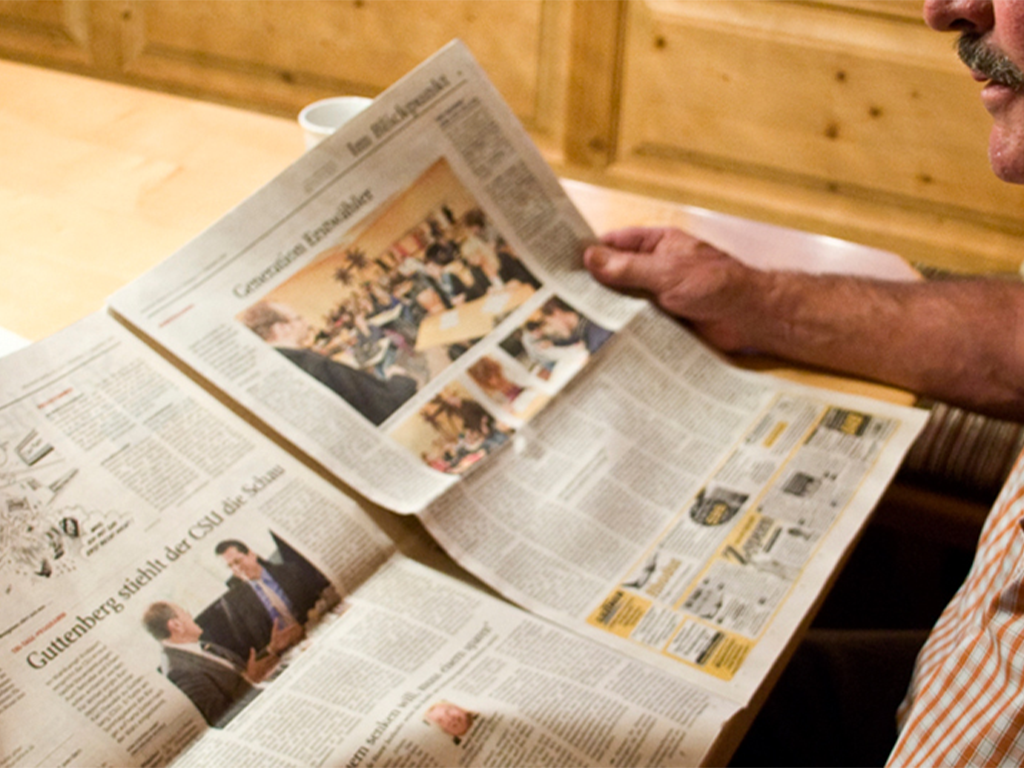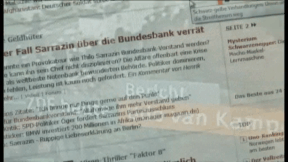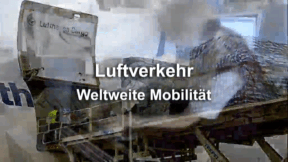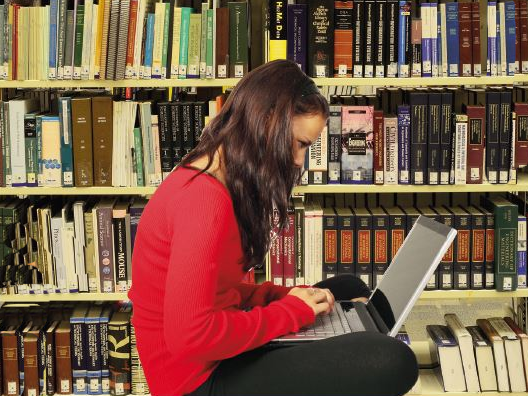 Primary School
Primary School
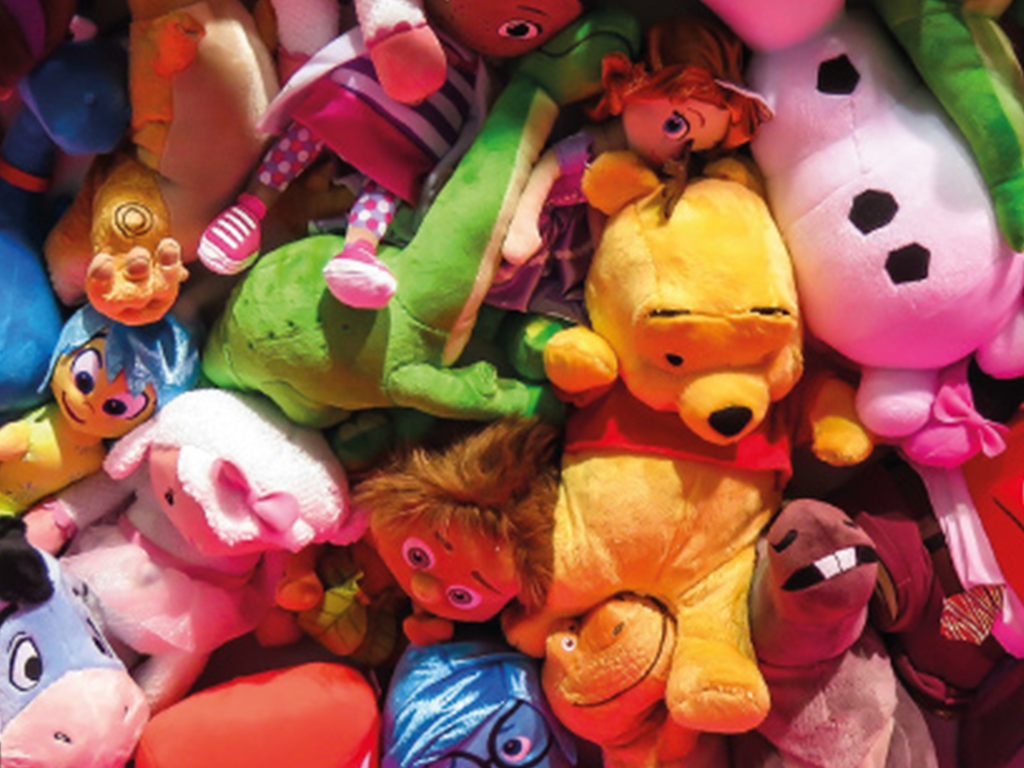

46500931 / 55500687
Responsible Consumption
Effect of Packaging and Advertising
What do “consumption“ and “consume“ actually mean? This is what the child reporter Ferdinand wants to find out today. That much is for sure: often it has something to do with money.
Quote Ferdinand, pupil:
Hi, I‘m Ferdi. I’ve just got my pocket money for this month. And, well, I’m just fancying biscuits at the moment. Let’s see if I can find something here.
Ferdi wants to eat biscuits, sure. But as he cannot bake, he must buy them. On his way to the supermarket he comes across fantastic offers also in other shops. But hadn’t he better save up for some cool glasses?
Here comes Axel Dammler. He is a child and youth researcher and knows a thing or two about shopping. He wants to show Ferdi how to behave as a consumer.
Axel: Hello, you‘re Ferdi, aren’t you?
Ferdi: Yes, I am.
Axel: Hi. I‘m Axel. And you want to go shopping now, I’ve heard?
Ferdi: Yes, exactly.
Axel: Shopping can also be called consuming because … Let’s have a look at what it actually is and how it works.
Ferdi: Okay.
Axel: Can we go?
Ferdi: Yeah.
Axel: Well, come along.
Responsible consumption – The effect of packaging and advertising
Today you are going to learn what that is. How that is possible. And what you should keep in mind about it.
Everywhere shops are full of goods and great offers. And we – the customers, are meant to buy or “consume“ as much as possible. The word comes from Latin and means “to use up”. So one who uses up things that he has bought is a consumer. Mostly money is needed for it.
Axel Dammler:
If we want to learn about consumption we have to try it out for ourselves and, possibly, make mistakes in doing so. That’s why pocket money is so important for children because with their own money children can make their own experiences …
According to law, children are even allowed to decide entirely for themselves over their pocket money. That is how it is regulated by paragraph 110 of the Civil Code.

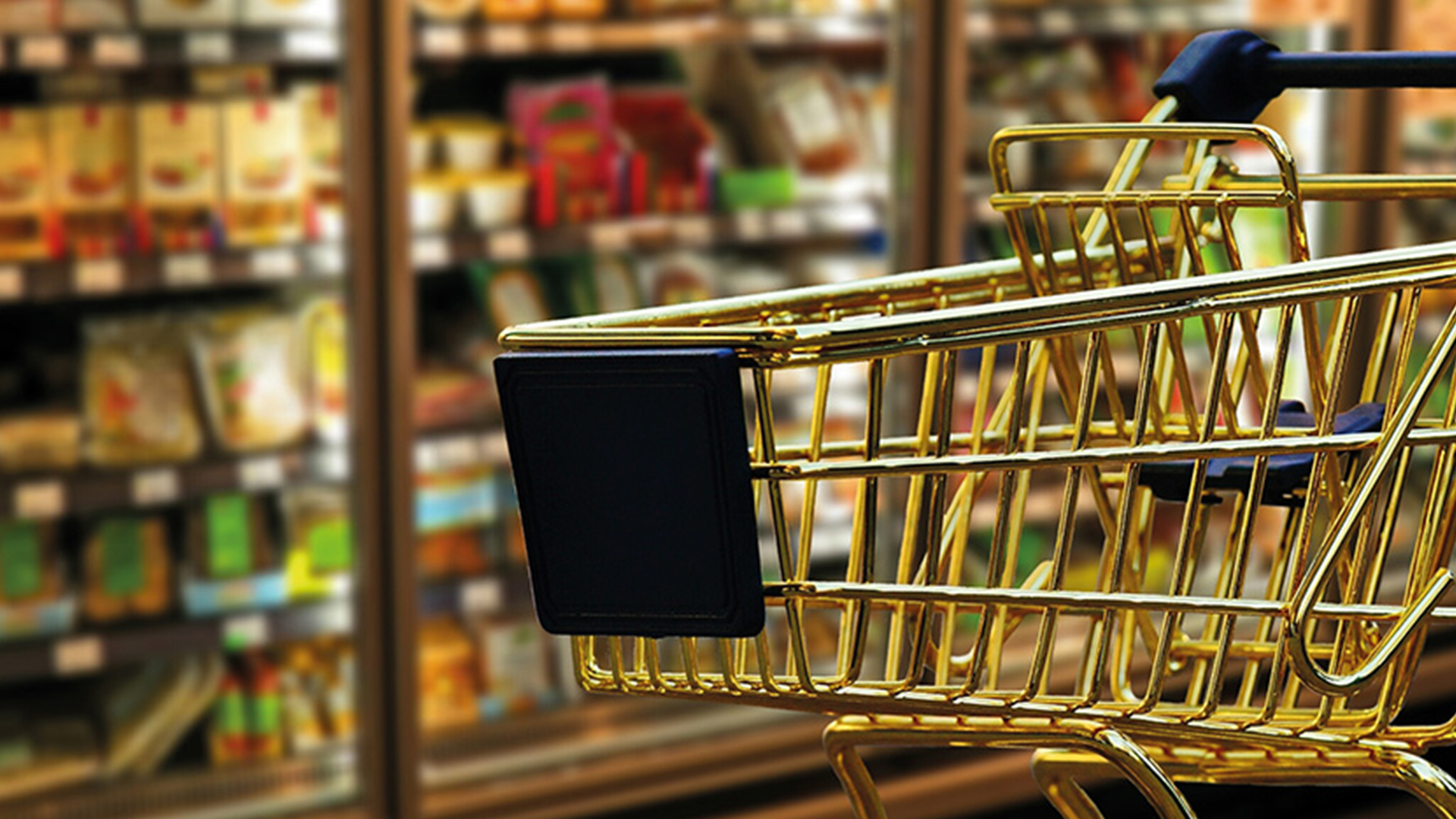
Curriculum-centred and oriented towards educational standards
Matching
The Daily Newspaper
Every day, there is a surge of news reaching us via different news channels. In spite of TV and Internet, the daily paper still is one of the most important main sources of news. But how is a newspaper created? The film shows the production of a paper in the course of one day. Starting with the editorial meeting in the morning, in which the topics and deadlines are determined, the film accompanies a journalist during her research work. You can see how a journalistic interview is conducted and what the photographer must consider when taking a press photo. Back in the editorial office, the editor’s work is illustrated, which includes the page layout and the writing of an online article in today’s time. Impressive pictures from the printing centre depict the process from the digital page to the finished newspaper. Together with the comprehensive accompanying material, the DVD is perfectly suited for use at school
Air Traffic
Being able to fly has been a dream of humanity from time immemorial. But it does not even date back a century that people actually started being able to travel through the air. Since the 1960s, the number of flight passengers has been constantly increasing. Thus, the airspace is no longer dominated by birds but by man-made flying objects.




